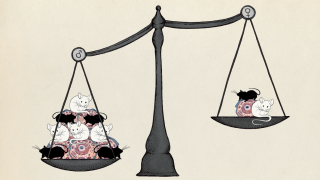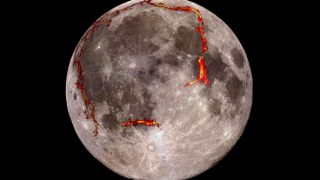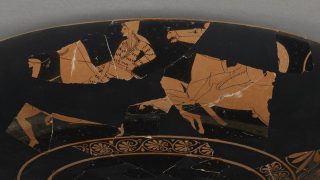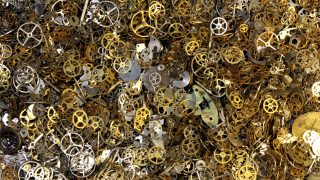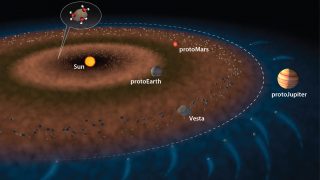
MI weekly selection #99
Humanities & Social Sciences • Science • Technology • Weekly Selection
Earth’s water may be more ancient than previously estimated Scientists have come across evidence suggesting that Earth’s water may have been around for much longer than previously thought. The latest findings show that water may have been present in the inner solar system at least 135 million years earlier than previous estimates and that it […]

